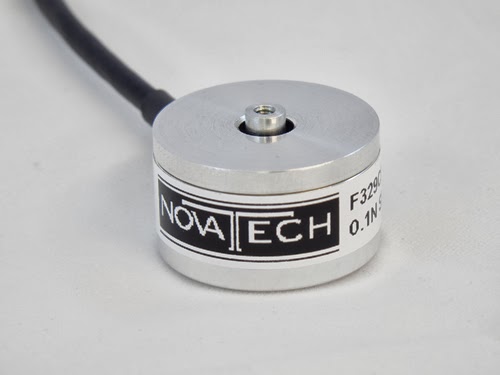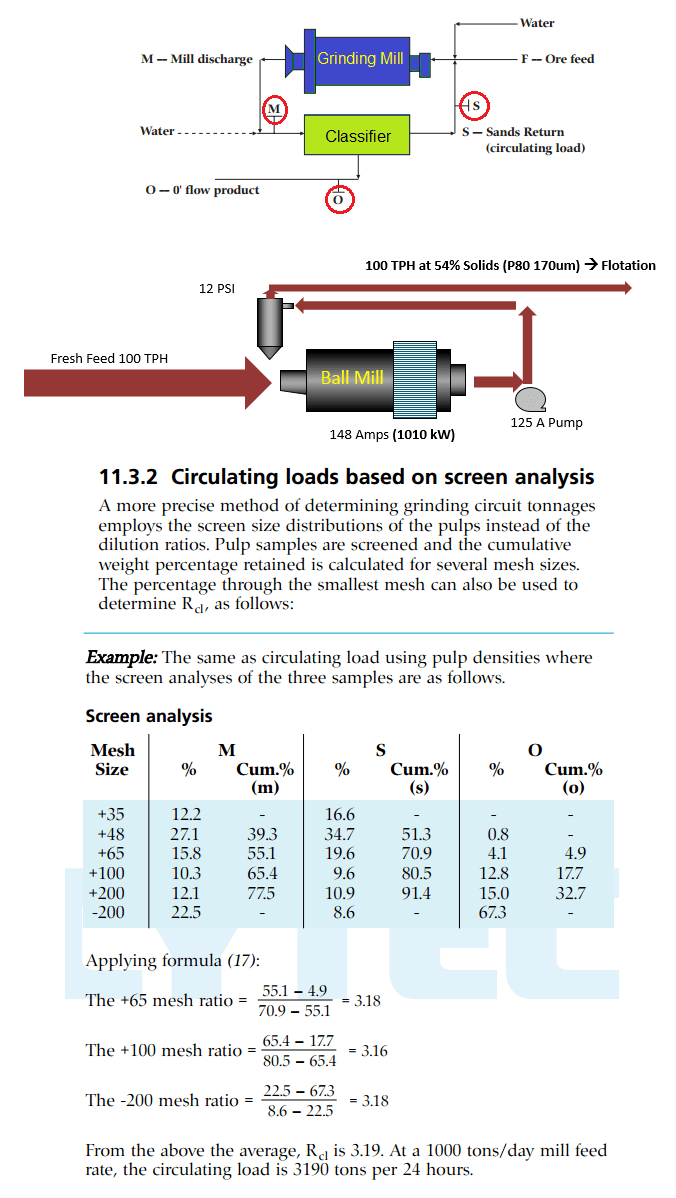

Even where these weight deviations are considered as very small, they can have a big impact on a continuous metering system. A typical example is a refill valve for a weighing tank above the LIW feeder. As a result, pressure above the weighing equipment will press down on the scale, increasing the weight, while pressure at the outlet will press up, reducing the weight measurement. This means that if there's any pressure within the vessel, it will act as a force against any coupled nonweighed elements. A weighing system often needs to be enclosed, particularly when harmful or dangerous materials are being handled or when the natural environment may have an effect on the bulk material. Combining this with a high-resolution load cell means accurate weighing is still possible, even under extreme conditions. Using a technology with a fast sampling frequency, this disturbance can't only be measured, but, in conjunction with specialized control algorithms, it can be effectively eliminated in a range from only a few hertz (a frequency equal to one cycle per second) to near the limit of the measuring frequency. The big problem is that in order to measure the disturbance, you have to resolve a weight that's cycling at frequencies of 1,200 rpm (20 cycles per second) or more.

In this case, the best solution would be to measure the disturbance so that it could then be eliminated from the weight signal, leaving only the LIW feeder's actual weight. As the extruder may run at different fill levels and potentially different speeds, the vibration's amplitude and frequency will vary greatly. For example, an extruder sitting on a frame together with a loss-in-weight (LIW) feeder is a potential source for disturbance (vibrations) to the feeder's weighing system. Wherever there's mass movement, there's inevitably an impact on the common surfaces supporting the various pieces of equipment. Three Factors That May Influence Load Cell AccuracyĮnvironmental disturbance. In order to avoid fluctuations or other accuracy-related problems, it is recommended to check the following factors. This also represents the linearity of the feeder.Īs a critical component in dry bulk solids weighing systems, load cells may encounter many sources of interference. It is also expressed over a turndown range from the maximum rate of the feeder. The deviation from setpoint is provided as a relative value in % of set point and absolute value in grams. Assuming a random distribution of sample weights around the mean value, the weight of 95.5% of the samples will lie within 2 sigma (2 standard deviations) from the mean.ĭeviation from Setpoint describes the deviation of the mathematic mean value from setpoint, measured over a continuous feeding time of at least 30 minutes. Standard deviation is employed to quantify the consistency of the feeder’s discharge stream. Repeatability describes the distribution of samples around the arithmetic mean sample value and depends considerably on the characteristics of the bulk material, the sample time and the feed rate. This system measures and characterizes the output of a feeder in terms of repeatability and deviation from setpoint. The K-Sampler system has the capability to test either a feeder scale or a reference scale. In this context, Coperion K-Tron offers the K-Sampler package, a test sampling system for the evaluation and validation of the mass flow performance of gravimetric feeders. To determine true accuracy of a scale it is necessary to automatically and consecutively take samples from the feeder output.
#Load cell resolution calculator how to#
How to calculate and measure load scale accuracy


 0 kommentar(er)
0 kommentar(er)
